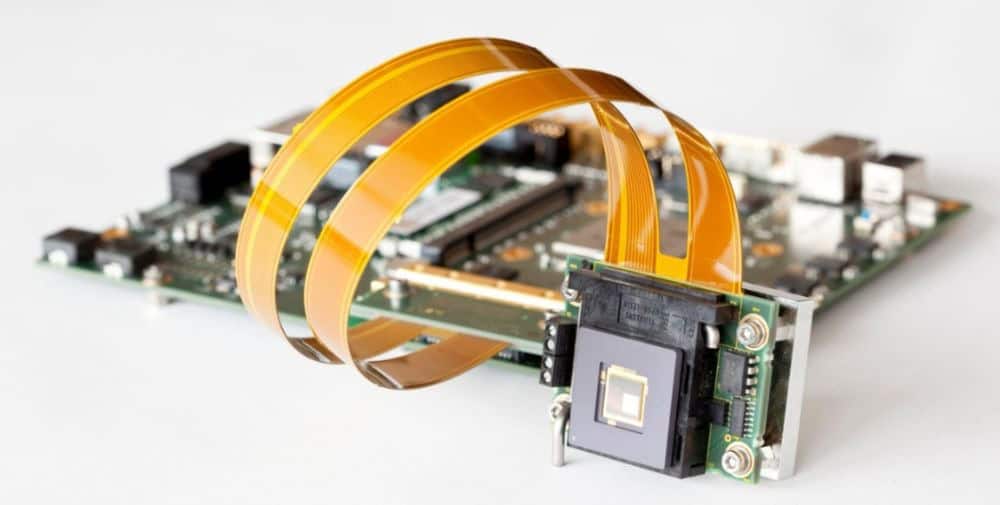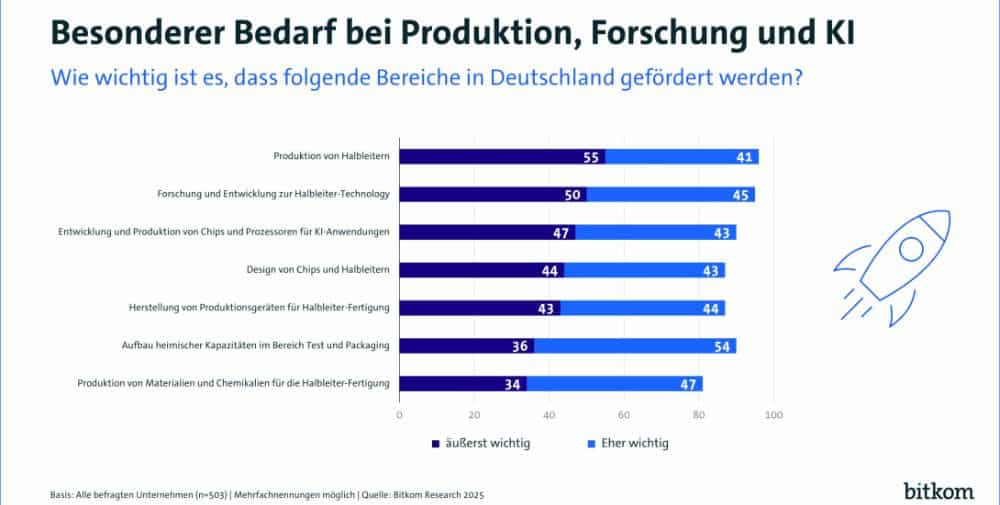
Reliability testing is an important step in the development of microelectronic systems. For such qualification tests, a prototype must first be built, which is sometimes subjected to lengthy experiments. Subsequent changes to the design must then be transferred to the prototype and tested again. This makes the process expensive, slow and only adaptable to a limited extent.
These disadvantages can be avoided by using simulation models. However, conventional simulation approaches are only suitable for individual components and not for complex assemblies. To make matters worse, the data required for realistic modeling is not published by component manufacturers in order to protect their intellectual property (IP).
New workflow for reliability simulations
In the “mikroVAL” project, ten partners from research and industry, including the Fraunhofer Institute for Ceramic Technologies and Systems IKTS, want to develop a workflow that combines various approaches for simulating qualification tests. The aim is to reduce or even completely replace the effort required for these tests.
Using state-of-the-art modeling principles, such as reduced-order modeling (ROM), the calculation time can be reduced without reducing accuracy. This makes it possible to evaluate multiple systems, and therefore larger assemblies, in one step. The IP protection for the component manufacturers is retained, as only information on the interface and behavior from the simulation models is passed on. What is new is that the component models created in this way can be reused several times and integrated into increasingly complex systems. At Fraunhofer IKTS, the focus is on evaluating the solder connections.
In previous attempts to simulate qualification, interactions between the microelectronic components and the housing are often not considered. However, these are of great importance for reliability and should therefore be taken into account in the new approach.
In perspective, the use of the workflow developed in the project reduces the costs and effort for the development of reliable microelectronics even more significantly. This creates incentives to develop more durable products, which in turn helps to conserve resources.
About the project
The “mikroVAL” (Micoelectronics Validation) project runs from February 2024 to January 2028 and is funded by the Federal Ministry of Education and Research with 1.88 million euros. The industrial partners Hella GmbH, Robert Bosch GmbH, Siemens AG, BMW AG and Budatec GmbH are supporting the project with a further 420,000 euros. Fraunhofer IZM, Fraunhofer IKTS, Technische Universität Dresden, Technische Universität Berlin and Jade University of Applied Sciences are also involved in the project.
– – – – – –
Further links
👉 www.ikts.fraunhofer.de
Photo: AI-generated at Fraunhofer IZM




